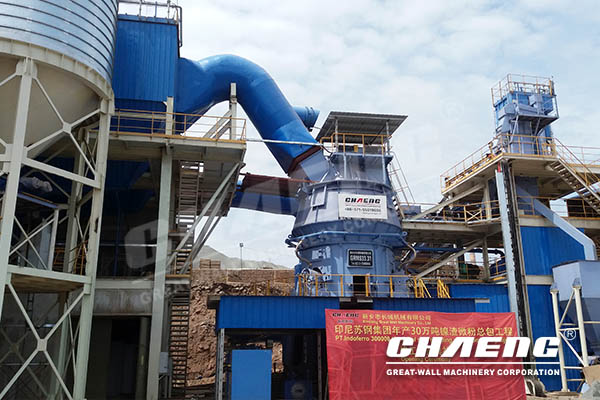Cement clinker is produced on the basis of a raw material mixture which is sintered in a kiln system at more than 1400°C. As a result, compounds form – the so-called clinker phases – which are specific calcium silicates and calcium aluminates. These ensure the characteristic properties of the cement during hydraulic hardening. The so produced cement clinker is ground together with gypsum and/or anhydrite, thus forming the final product cement. Depending on the availability of the raw materials and market-specific requirements, further extenders are added to the common grinding process such as granulated blast-furnace slag. Mainly consisting of lime, silica acid, aluminum oxide, and magnesium oxide, blast-furnace slag is normally processed in granulation plants nowadays. By quenching the liquid slag, a glassy, granular product is obtained, the so-called granulated blast-furnace slag which is particularly suited for use as an extender in the production of high-quality cements.

We can provide a complete slag grinding production line according to customer needs to help customers achieve higher benefits.
